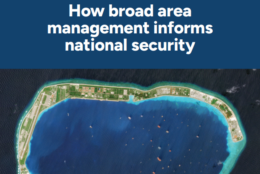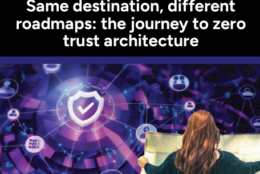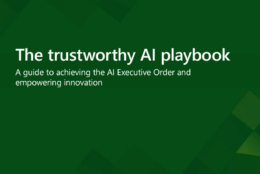SDFM The Business of Defense
-
What’s it take to ensure users have the tech they need right now?
September 03, 2024 -
Learn how defense intel teams monitor vast swaths of Earth and space
September 03, 2024 -
Intelligence Community grapples with rapid changes in technology and world events as it modernizes recruiting practices to fill urgent skills and talent gaps.
August 28, 2024 -
How are agencies driving progress in HR modernization?
August 27, 2024 -
Now in a hybrid work setting, leaders at OPM and USAID see both opportunities and challenges to creating ideal employee experience through process, IT changes.
August 27, 2024 -
The latest contract lifecycle management systems use data from multiple sources to drive efficiency, risk mitigation, and compliance assurance in contracting.
August 26, 2024 -
The White House office’s effort to hire employees into the federal 2210 job series — with a focus on skills and not education — makes headway.
August 26, 2024 -
Whether preventing fraud, boosting knowledge management, or refining large language model results, graph databases help agencies get more out of large datasets.
August 25, 2024 -
What does your zero trust journey look like?
August 21, 2024 -
Alexandria Phounsavath, director of DHS S&T’s Data Analytics Technology Center, is exploring new approaches to solving some of the biggest challenges in data.
August 21, 2024 -
How are agencies profiling a successful 5G strategy and what is the vision for the future?
August 20, 2024 -
Modernizing human resources systems will help agencies prepare for workforce challenges, technology opportunities, the SAP SuccessFactors HR advisor says.
August 18, 2024 -
The potential of emerging AI capabilities begins taking hold across the federal government.
August 16, 2024 -
A guide to achieving the AI Executive Order and empowering innovation
August 16, 2024 -
Adobe’s Nancy Newell and Brian Chidester say an omnichannel customer experience strategy is about meeting customers where they are.
August 16, 2024















